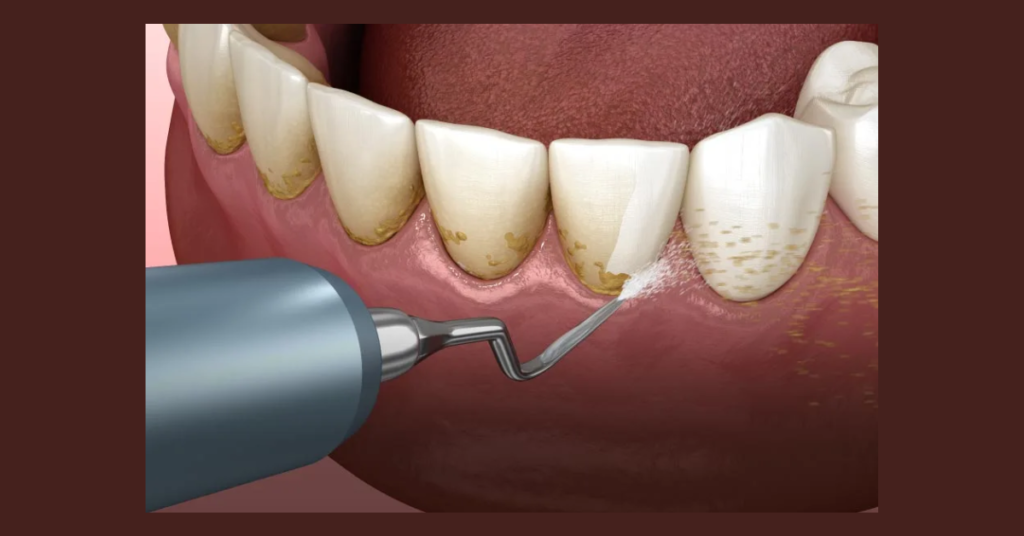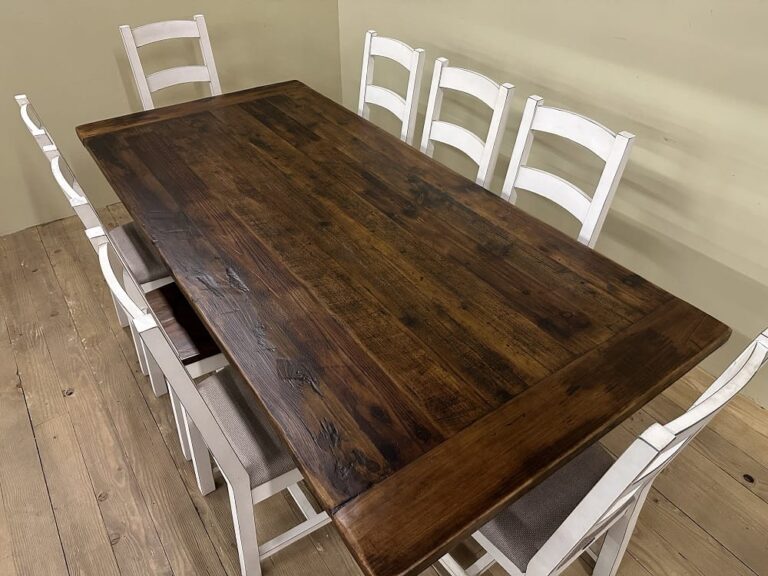Calculus Bridges: The Hidden Threat to Your Oral Health
A calculus bridge, while seemingly innocuous, can pose significant threats to one’s oral health. When plaque accumulation escalates and solidifies into tartar or calculus, it can form a calculus bridge. This phenomenon occurs when the buildup extends across multiple teeth, filling in gaps and crevices along the gumline. Left unchecked, calculus bridges can precipitate severe dental complications, such as gum disease and tooth decay.
What Is Calculus Bridge?
A calculus bridge forms when plaque, a sticky film of bacteria that accumulates on teeth, is not properly removed through regular brushing and flossing. Over time, this plaque hardens into tartar, also known as calculus. When large amounts of tartar build up between several teeth, it can form a solid “bridge” across multiple teeth, referred to as a calculus bridge. This condition is not only unsightly, but it also creates a breeding ground for bacteria, which can cause gum disease, bad breath, and even tooth loss if left untreated. The hardened nature of it makes it impossible to remove with regular brushing or flossing, requiring professional dental treatment.
How Plaque Can Cause a Calculus Bridge
Plaque, a bacterial film, develops on teeth, gumline, and dental restorations like fillings and crowns. This substance, often colorless or pale yellow, naturally accumulates as bacteria break down carbohydrates and sugars from your diet. When plaque isn’t removed through oral hygiene practices, it solidifies into calculus. Comprising calcium, bacteria, and other organic substances, calculus forms in the mouth.
Learn Why Calculus Bridge Occurs
The primary cause of calculus bridge formation is the accumulation of dental plaque, a sticky film composed of bacteria, leftover food particles, and saliva due to poor dental hygiene practices. Plaque forms very easily on your teeth and, if not removed through proper dental hygiene practices, it can harden into tartar—also known as calculus. This calcified dental plaque adheres firmly to tooth surfaces and requires professional intervention for removal. Factors contributing to plaque and calculus bridge include:
- Poor Oral Hygiene: Inadequate brushing and flossing allow plaque to accumulate and harden.
- Diet: Consuming sugary and starchy foods promotes plaque formation.
- Dry Mouth: Reduced saliva flow can increase plaque accumulation.
- Infrequent Dental Visits: Regular dental checkups are crucial for removing plaque and tartar.
Read More: George Conway
Side Effects of Calculus Bridge:
An untreated calculus bridge can lead to side effects and the development of more severe conditions.
- Gum Disease: Tartar in the gums can cause gingivitis. Gums that are bleeding, red, or swollen are primarily the result of tissue inflammation.
- Tooth loss: Untreated tartar might cause tooth loss.
- Halitosis: The presence of tartar promotes the growth of germs in your mouth, which can produce bad breath.
- Tooth color: Tartar staining can cause it to turn black or brown.
- Cavity: Plaque and tartar can also build tiny holes in your teeth’s enamel, allowing germs and acid to remain inside and cause cavities.
Treatment for Calculus Bridge:

Once you have a bridge of hardened plaque or calculus on your teeth, you cannot clean it away. A dentist or dental hygienist will have to remove it.
- Dental Examination: Before the cleaning, your dentist or dental hygienist will check your teeth and gums to determine the amount of calculus accumulation and any signs of gum disease.
- Scaling: The dentist or dental hygienist will use specialized dental instruments to delicately scrape away calculus from the tooth surfaces, both above and below the gumline. This procedure may use both manual scaling tools and ultrasonic machines that use vibrations to loosen and remove the calculus.
- Root Planing (if necessary): Root planing may be performed in cases of substantial calculus formation and associated gum disease. Smoothing down rough spots on the tooth roots helps to remove bacteria and reattach the gums to the teeth.
- Polishing: The teeth are polished to eliminate any residual plaque and calculus stains, leaving the tooth surfaces smooth and clean.
What Does a Calculus Bridge Look Like?
As opposed to plaque, the development of calculus is both substantial and visible, and it varies in colour depending upon its positioning along the gum line. Calculus is generally a solid, moldable compound with yellow above the gum line and dark brown, green, or black below it. The formation of calculus bridges occurs due to the development of plaque on the sides of teeth near the existing bridge, and it begins with a dark band of discolouration at the gumline that invariably expands. However, some variation in development can be observed.
FAQs
What is a calculus bridge?
A calculus bridge is a solid buildup of hardened plaque, also known as tartar or calculus, that extends across multiple teeth, typically forming along the gumline. This condition results from accumulated plaque that hasn’t been adequately removed through brushing and flossing, and it requires professional dental treatment for removal.
How does a calculus bridge form?
A calculus bridge forms when plaque—a sticky film of bacteria—accumulates on teeth and isn’t removed through good oral hygiene practices. Over time, the plaque hardens into calculus, which, in large amounts, can create a “bridge” across multiple teeth. Contributing factors include poor brushing and flossing, a sugary or starchy diet, dry mouth, and infrequent dental checkups.
What are the signs and symptoms of a calculus bridge?
Common signs of a calculus bridge include visible yellow, brown, or black buildup on teeth, particularly near the gumline. It can cause gum inflammation, bad breath, bleeding gums, and, in severe cases, can lead to gum disease and tooth decay.
Can I remove a calculus bridge at home?
No, a calculus bridge cannot be removed with regular brushing or flossing. Because it’s hardened, it requires professional removal by a dentist or dental hygienist using specialized tools.
Conclusion
Calculus bridge is a severe form of tartar buildup across multiple teeth, primarily caused by poor oral hygiene and diet. Left untreated, it can lead to serious dental issues such as gum disease, cavities, bad breath, and even tooth loss. Since a calculus bridge cannot be removed with regular brushing or flossing, professional dental treatment is necessary to eliminate it effectively. The best way to prevent a calculus bridge is through consistent oral care, including regular brushing, flossing, and dental visits. Taking these steps can protect your oral health and help you avoid the complications associated with calculus bridges.
Read Next: Cleveland Guardians vs Phillies Match Player Stats






